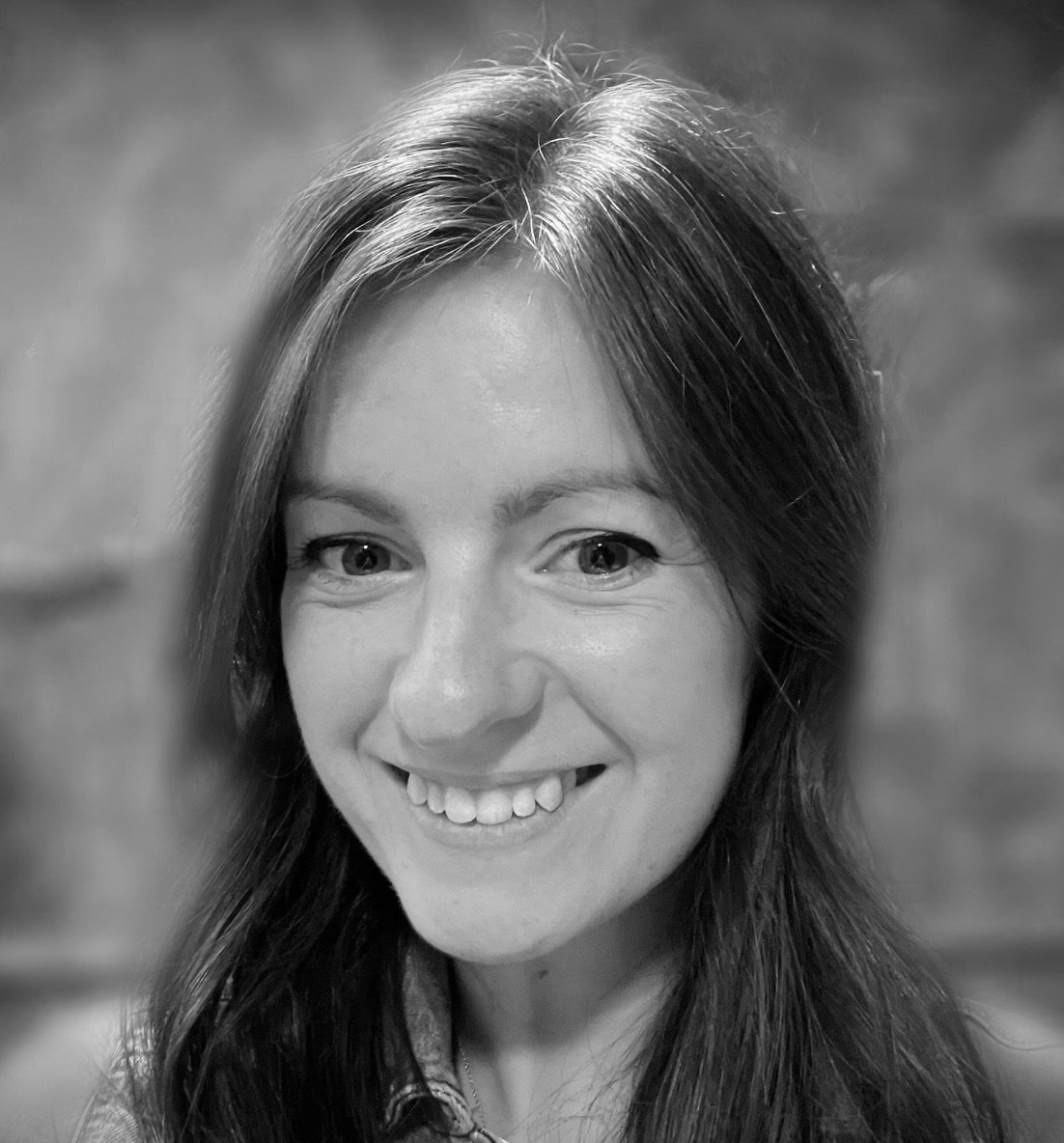Syllabus Edition
First teaching 2024
First exams 2026
The Influence of the Church on 13th Century On Crime & Punishment: Case Study (Edexcel GCSE History) : Revision Note
The Influence of the Church on Thirteenth-Century Crime and Punishment: Case Study - Timeline & Summary

Throughout the medieval period, the Church had immense power. In England, the Church owned one-fifth of the country’s wealth. It also collected one-tenth of all earnings through Church taxes. |
How did the Church Define Crime in the Thirteenth Century?
The Church was especially concerned with 'moral' crimes
This reflected the importance it placed on being a good Christian
Examples of 'moral' crimes

Law Enforcement: Church Courts, Sanctuary & Benefit of Clergy
Church courts
The Church courts were given official standing in the Norman era
In the 11th century, William I encouraged them to deal with ‘moral’ crimes
The Church courts:
Were responsible for trying clergy accused of crimes
Tried those accused of witchcraft (a minor crime in the medieval era)
Were overseen by a local bishop
Church courts had a different attitude to punishment than other courts did. They:
Considered punishments motivated by retribution alone to be wrong
Believed that punishments should allow criminals to
Reflect on their crimes
Regret their actions
Reform themselves
Dealt more lenient punishments than other courts
Used alternatives to capital punishment
Alternative punishments

Henry II wanted a more standardised legal system
He saw separate Church courts as a challenge to his royal authority
He met with bishops at the Council of Clarendon to discuss the problem
The resulting Constitutions of Clarendon aimed to limit the Church’s power
One clause required clergy accused of serious crimes to be tried in secular courts
By the 13th century, clergy accused of crimes were tried in
Church courts for their first offence
Secular courts for their second offence
Sanctuary
Only available in important churches, such as those
On a pilgrimage route
Linked to an important religious event
Those accused of a crime could go to a church and claim sanctuary
The ringing of a bell alerted villagers that the criminal was in sanctuary
The sheriff was not allowed to arrest them
The criminal in sanctuary then had 40 days to either:
Attend their trial
Leave the country
Those who chose this option had to walk to the nearest port, barefoot, carrying a cross
They would then leave by ship
Anyone who refused both options became an outlaw
Offering sanctuary ended in the early modern era, during the reign of Henry VIII
Benefit of clergy
The ‘benefit of clergy’ allowed special treatment to clergy accused of crime
It allowed clergy to be tried in more lenient church courts
The benefit of the clergy had many flaws. These included:
It often extended to anyone connected to the Church
It was supposed to only be for priests
In reality, church doorkeepers and gravediggers could also claim it
It was unequal
Women were not allowed to be priests
As a result, they could not claim benefit of clergy
It was open to abuse
Illiterate laymen could claim benefit of clergy

Reformers criticised sanctuary and benefit of clergy, especially in the later medieval era
They believed it allowed criminals to escape punishment
The Church’s role in offering protection began to decline
Punishments: Trial by Ordeal
Trial by ordeal had been used since Anglo-Saxon times
People believed that God had the power to both protect and judge people
By the early 13th century, the Church’s attitude to it had changed
In 1215, Pope Innocent III ordered priests to stop helping to organise trials by ordeal

In 1219, Henry III abolished trial by ordeal
Trial by jury became more common
Worked Example
Describe one feature of Church law enforcement in the medieval era
2 marks
Answers:
The Church offered the benefit of clergy. (1) This allowed clergy accused of crimes to be tried in church courts, which were more lenient (1).
Examiner Tips and Tricks
For questions asking you to ‘Describe one feature’ of something. You can get full marks by:
Identifying a feature (1)
Giving supporting information about the features (1)
This question previously asked students to describe two features of a given event. This question was out of four marks. However, as of 2025, Edexcel will split this question into two subsections, asking you to describe a feature of two different events. Each subsection is worth two marks.

You've read 0 of your 5 free revision notes this week
Unlock more, it's free!
Did this page help you?

